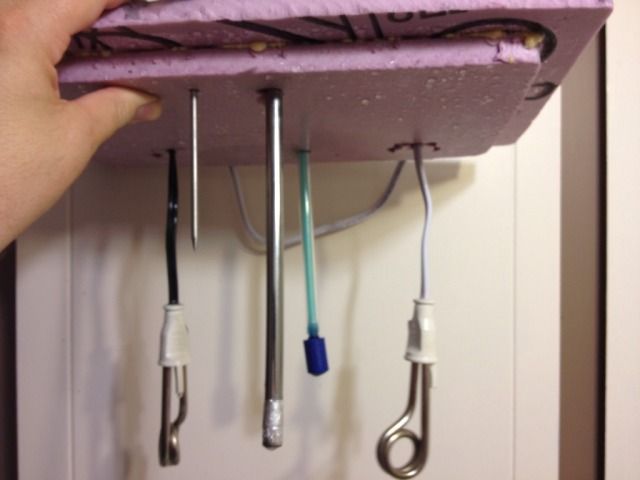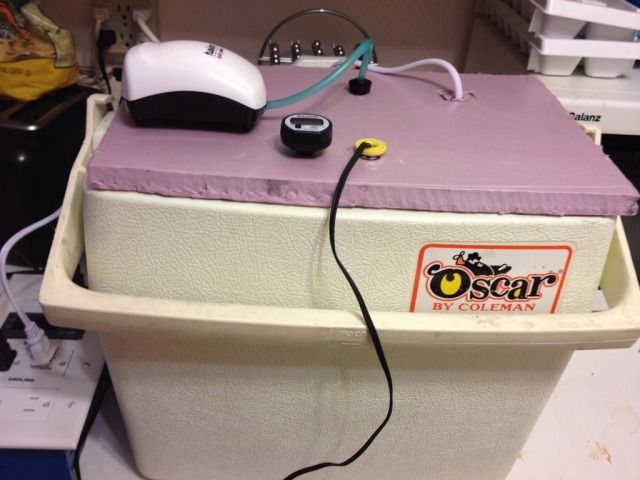It's safe if you have water/wort in it when you turn it on... I'm looking at building one as we speak. Going to strip the elements out of a couple of K-Mart 10 dollar tea kettles, use and 8-10 gallon HDPE bucket (possibly a Rubbermqde Brute 10 gallon white container depending on how rigid it is) and control it with probably with an STC-1000, or maybe a PI depending on how fancy I want to get with the controller side of things.
I'm primarily looking for something to boil indoor in the winter.
My goal is to keep this below $100 bucks, and still "trick it out," with a ball valve, diptube, thermowell, sightglass and some sort of mesh hop spider or basket to keep the hops out of the wort when I drain. I'm also toying with the idea of having an integrated wort chiller mounted in it too.
Turkey fryers aren't as common in Australia, The UK, and I guess even Canada, and evidently a lot of brewers rig plastic bucket E-systems up, so a lot of the research into the safety, and a lot of problem solving is found on their sites and youtube channels. They're ahead of the game on this in those places. Just like the Aussies were with BIAB and No-Chill Brewing, which we only heard of after John Palmer went to Australia and wrote about it for BYO magazine a few years ago (which people bashed on here for the longest time, and now is widely embraced.)
https://www.youtube.com/watch?v=JwyWr6F9Dpc
Gash Slugg (Gavin Ellicott) on the Homebrew Network Facebook Page has a great vid on how to strip the elements out of the cheap tea kettles.
https://www.youtube.com/watch?v=zLAcxHTvu4U









































![Craft A Brew - Safale S-04 Dry Yeast - Fermentis - English Ale Dry Yeast - For English and American Ales and Hard Apple Ciders - Ingredients for Home Brewing - Beer Making Supplies - [1 Pack]](https://m.media-amazon.com/images/I/41fVGNh6JfL._SL500_.jpg)


















